Reimagining School: A Student-Led Think Tank
One of the strengths of the pandemic has been its ability to put a spotlight on everything that is wrong with education. We’ve long known that our education system was created in another century for another way of life. Our factory model of education was conceived during the industrial revolution; however, our workforce and our society have changed radically since the 19th century. Our educational system seems increasingly irrelevant to our students, leaving them feeling stressed and bored.
When we came back to school last year after a year and a half of remote learning, we were certain that this was the moment to make big changes. But change takes energy and our teachers were exhausted, so we needed to take it slow. In our school, we also try to involve our students in big decisions (such as creating our logo or going solar) and in this case we knew we needed their perspective. So we decided to ask them to lead the process of reimagining school. This would be a “learning as we go” project, designed as a think tank. We’d never done anything like it before and had no idea how it would actually work.
How we formed the student think tank
- We chose seven students from 9th to 11th grade to form a think tank that would gather ideas around the future of education. We looked for students with a wide range of interests and abilities and invited them to be leaders of change. We let them know that they would lead a think tank including teachers and parents. We tasked the students with “imagining the impossible” for our school. No idea would be too big. And we let them know that this project wouldn’t be done for a grade.
- In our first meeting, we watched a three-minute video called The Future of Work, which shows the rapid transformation of the workplace and the loss of jobs to robots. Then we dove into a deep discussion about what this would mean for our future. How should school prepare our students for this reality? What makes us special? What can humans do that robots can’t?
- We had students explore resources that we found at the What School Could Be community, a free platform where educators can share ideas for transforming schools. If you’re interested in finding a better way to prepare students for their future, I highly recommend this group.
-
In our Friday professional development, we showed teachers the incredibly inspiring documentary “Most Likely to Succeed,” which gives an overview of the history of education and possibilities for change. We invited our student think tank team to join us.
- We met to debrief after the movie. I can’t tell you how energizing and moving this meeting was! Our students made connections, spoke about the pros and cons of our school, and began to brainstorm possible ideas for change.
How the think tank gathered data
- The next step was to interview students in the school to include them in the vision for change. The student think tank spent time deciding how to run the meetings, how to introduce the topic in discussions, and how to make them interactive.
First meeting with 9th graders – a test run of how the meetings would be carried out.
-
We had planned to debrief at the end of the day after the think tank’s first meeting with the ninth graders. But the think tank students couldn’t wait. They met spontaneously after running the 9th grade discussion to talk about how they ran the meeting – what went well, what didn’t, and what they needed to change. They discussed their leadership skills and gave each other incredible feedback such as “I love the way you asked questions that made them think deeper. That was a great strategy. It really worked.” Based on what they learned, they made changes to the next meetings to make them more effective.
- After meeting with students, the think tank met with a group of parents. This was probably the best meeting of all; parents were incredibly positive and motivated. As they left the meeting they told me how impressed they were with the students’ ability to lead a discussion. “They pushed us to go further, saying, ‘Think outside the box, go deeper in your thinking.’ It was hard to believe that this was a group of teenagers.”
- And finally the think tank met with a group of 12 teachers — six from elementary and six from secondary. This was a difficult meeting to create. Because of COVID, only two of our original group members were on campus. If we had had more time we would have postponed this meeting… but it was the end of the year and we had to forge ahead.
How the think tank presented its work
- Students met for a few sessions to put their presentation together. They had to distill about 30 pages of information into a 20-minute presentation.
- They then met with our teachers during our last Friday PD session of the year and presented their findings in a face-to-face meeting.
- They also presented their work to our parents in a virtual Community Coffee meeting.
What made the think tank successful
We didn’t know quite what we were getting into when we launched this project, but looking back, there are a few things that helped make it successful.
Empowering our students
Creating a student-led think tank empowered our students in a way that many teacher-directed projects couldn’t quite do. Some of the ways we noticed this:
- They developed increased self-confidence. A few of the students we chose were nervous about speaking up in a group or giving presentations. Even the more outspoken students mentioned gaining confidence in this area. As one student said: “I learned that I have a voice and I can speak up and I really should.”
- They honed their leadership skills: Several students mentioned that they learned how to communicate better and how to motivate a large group of people. One of the students, reflecting on the ways he improved his leadership skills, said, “I have a tendency to take over so I have to be conscious of that. I think I really improved in managing a discussion and asking the right questions.”
- They took risks: Most of the students mentioned that getting out of their “comfort zone” helped them grow.
Using a real-world project
Like all of us, students want to make a difference in the world. Whenever possible we need to let them see that they are important and that their work is relevant.
- A real-world project made it meaningful: Think tank students all mentioned that they took the project seriously because they knew their ideas would be applied to the school.
- It helped them find their passion: Once students began researching the possibilities for change in education they were fascinated. As one student said: “I’m excited to make changes in our own school, but I’m also hoping that we can inspire others. This isn’t just about us. Education in the whole world needs to change.”
- They collaborated across grade levels: Students need the opportunity to work with people of different ages and diverse interests in order to grow. Everyone in the think tank agreed that working with people from different grade levels was a highlight of the experience. “At first I felt shy with the older students. But everyone in the group was super cool and I got along with them well. It was a perk.”
Harnessing the power of no grades
Even if we can’t go entirely gradeless, giving students the opportunity to work on a project that is gradeless allows them to feel the power of learning for learning’s sake.
- Working without fear of grades gave students creative freedom: Students all felt that having no grades attached to the project was liberating. “I like the fact that this project didn’t have grades,” one student said. “There was no rubric, and it was very self-directed. I learned that my energy shouldn’t go towards grades —it should go toward what I enjoy and am interested in.” (Five years ago, one of our teachers carried out a “no grades” experiment and had the same result)
What the think tank found
The think tank sifted through about thirty pages of ideas that they gathered from our community. They were surprised to see how often students mentioned things the school already does (ex: giving choice). They came to the conclusion that many of our innovations are done to the students, not by the students. Switching this mindset would be a huge step in empowering students.
Students want a more flexible school structure
Some of the takeaways the think tank gained were around how classes and learning are delivered. Students suggested that the school:
- Promote self-directed learning, giving students more control over their learning.
- Combine classes and have more cross-curricular connections and projects.
- Integrate lessons from outside of school: bring specialists in via Zoom, or connect with classrooms around the world.
- Create hands-on activities that deal with more real-life situations.
- Divide classes by level of readiness instead of by age.
Students need a more explicit focus on real life skills
The think tank mentioned several times that our school has focused on life and career skills for the past seven years, but it’s not always clear to students why these are important. Because the WHY is not clear to students, they don’t feel invested
- Have an explicit focus on life skills such as leadership and resilience.
- Empower students and teach them how to adapt to new situations.
- Proactively allow students into the decision making process.
- Teach communal responsibility.
- Create safe spaces and opportunities for risk taking: allowing students to step out of their comfort zone.
- Self-assessment (They mentioned that, although this is incredibly important, students think of it as a waste of time, because they don’t understand the power of reflection on learning.)
The students mentioned that we already do many of these things, but they highlighted the importance of finding new ways to teach these skills and make more emphasis on understanding their importance.
Students want to break free from our 19th century model of education
As the world moves away from a factory model of work to increased independence and entrepreneurship, the disconnect between school and the real world has grown exponentially. It’s clear that schools need to change their teaching model in order for students to be successful in the future. Students are looking for:
- Increased collaboration between grades and subjects (this think tank was a great example).
- More choice and more chances for students to push beyond their limits and expand learning.
- Opportunities to discover what their skills, interests and strengths are, and develop them early on by having choice within the curriculum.
- Connection to jobs/volunteer work. Internships, real life opportunities to experience the work themselves. (after seeing the power of Zoom during remote learning, this should be possible).
- Spaces in which to meet diverse groups of people and have exchanges beyond the classroom (students, teachers, experts, universities, debates and exhibitions with other schools)
- The inclusion of a project work day (a full day to work on projects every couple of weeks)
- Time and space where our entrepreneurs (we have many) can sell their products on campus.
- More integration of arts, sports and culture in the curriculum.
The students ended the presentation by emphasizing the fact that at TCFL we’re already doing many innovative things, but that in making the classes even more student-directed, we would help them develop the tools they need to be successful in today’s world. They know that we’ve already made plans for changes next year, but change is a never-ending process and they hope that we can keep the conversation going.
From this think tank TCFL has already earmarked at least ten changes that we’ll be making next year. We’re so excited for September…. Thank you to our think tank team for inspiring us!!
_____________________________________
There are many educators and organizations starting on this path. If you’re ready to dream and looking for inspiration check these out:
Learner-Centered Collaborative
Reimagining Education TC
The Global Search for Education
BQI Community
Education Reimagined
What School Could Be

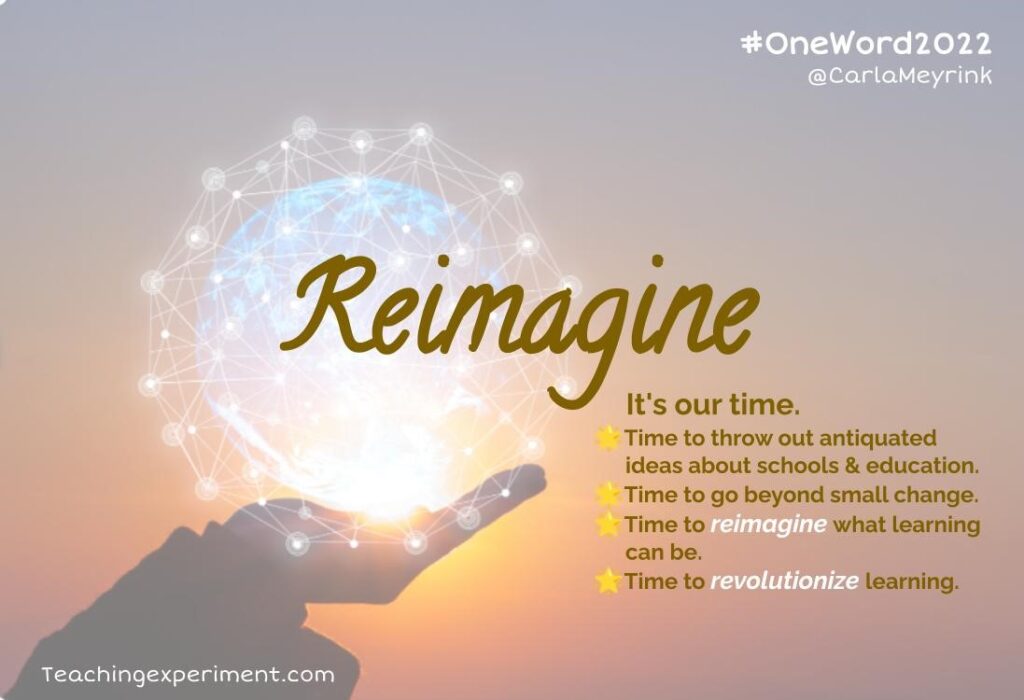
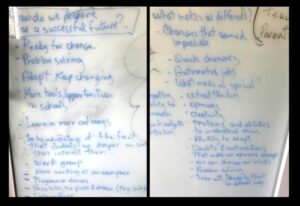
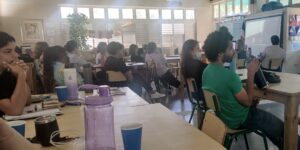
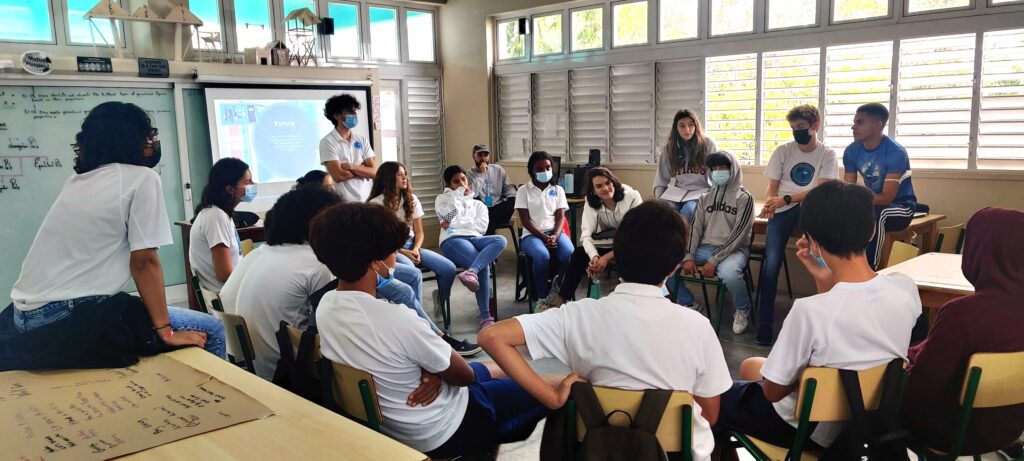
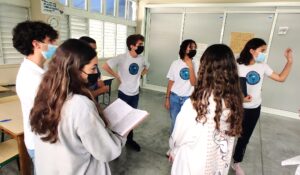
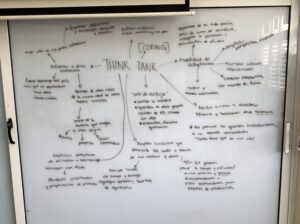
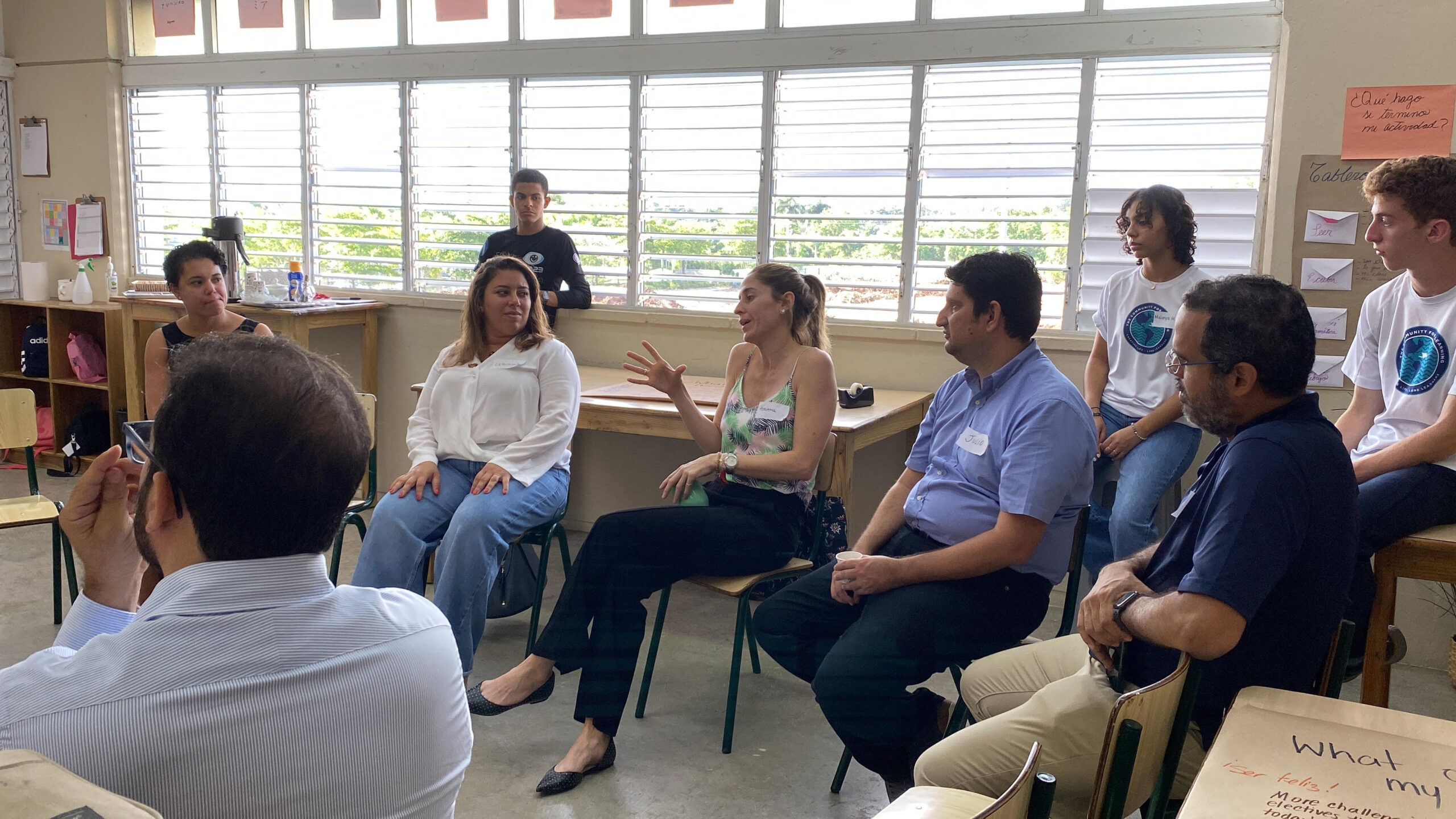
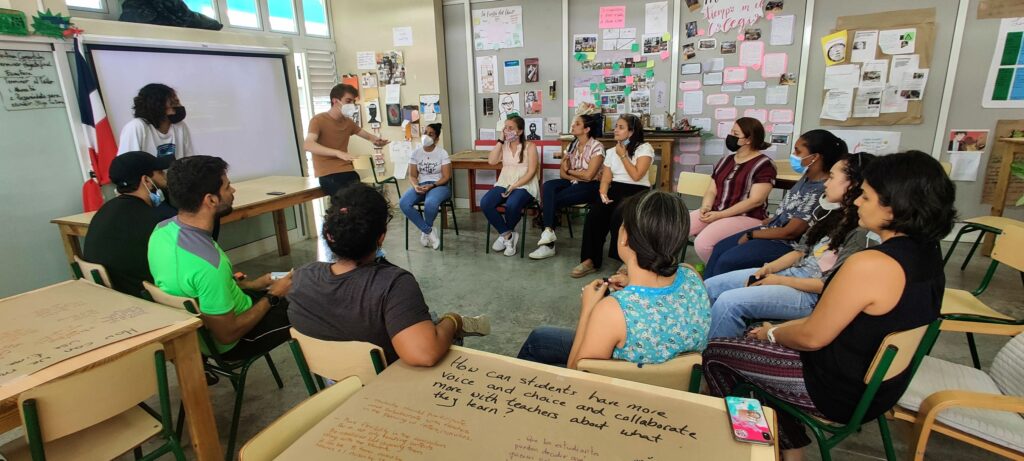
This is so great, Carla! One sentence that struck me (before I read all their ideas) was this one: “They came to the conclusion that many of our innovations are done to the students, not by the students. Switching this mindset would be a huge step in empowering students.” YES. You did this! Next steps?? I, personally, am hoping to do something like this on a small scale, with just kids from my own classes. Thanks for the information and the spark!
Joy, thanks for giving your feedback – I always love hearing from you! In September we’ll be making some important changes in our school, based on what the students shared with us. I’ll tag you when I share what we’re doing.
I would love to hear how your students respond and how it impacts your classes. Please let me know!
Such inspiring work! Yes; our educational institutions are in such need of transformative change. Rather than returning to traditional practices, we must build fluid spaces of inquiry that intrinsically motivate learners. To do so, support from leadership and a willingness to push boundaries become key components. Without a commitment to a unified vision of progressive growth, not much changes. This story is one of inspiration & possibilities. Thanks for sharing!
I so agree with you Michelle! We’re busily blaming students for not feeling motivated, when in actual fact our traditional practices just don’t feel relevant to them. I see many schools trying to move forward with change & hopefully their successes will inspire others.